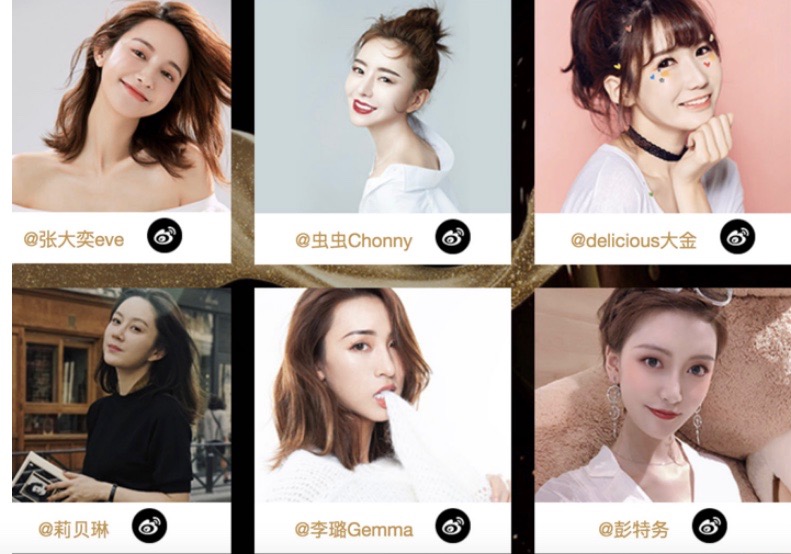NILE BROWN WRITES – A few months ago, I traveled to Beijing as part of a career discovery trip with my school. One of the excursions was to Weber Shandwick, one of the largest public relations firms in the world and the agency representing the upcoming Tokyo 2020 Olympics. Agency staff talked about their use of “KOLs” and how one of them had sold multiple Mini Cooper cars in seconds. I had no idea what a “KOL” was, nor did I know why they were selling cars.
To rope you into the loop, KOL is an abbreviation for “key opinion leaders,” also known as social media influencers. They are found on China’s super apps like WeChat and Weibo, which combine multiple app functions into one. So, for instance, photo sharing and e-commerce are in one place.
KOLs are used to sell a variety of products, from beauty goods to cars. One notable KOL that attracted attention was Becky Li. In 2017, she sold 100 limited edition Mini Coopers in five minutes. Priced at $45,500, the cutesy cars were painted a special turquoise color and were made available first to followers on Li’s WeChat. A sale of big-ticket items from influencers like this is unheard of here in the States, but the economic influence of online personalities in China reigns supreme.
A majority of KOLs are women, referred to in Chinese as “wanghong,” which translates to internet celebrity. KOLs usually have what is referred to as a “wanghong face.” This includes a pointed chin, large eyes, and a small mouth. Traditional beauty consisting of those key characteristics without much deviation is accepted. The homogenization of beauty is so strong that companies are creating incubators to produce new wanghong faces with the same look. Public relations agencies like Weber Shandwick identify potential wanghong faces, then connect them with clients, take them to events and arrange contacts. According to Business of Fashion, they select new, up-and-coming KOLs who have already gained a core audience by being considered cute, inoffensive (due to China’s closely regulated internet) and carbon copies of other, more successful KOLs.
In 2016, China’s KOL economy was valued at $8.6 billion. It has grown enormously because 70 percent of Chinese Gen Z consumers prefer to buy products directly via social media, versus other channels, such as Tmall. The global average is far less— 44 percent— according to Accenture. On the world’s biggest e-commerce website, Taobao, women outspend men two to one in the 18-25 category.
Ultimately, the formula works. KOL is now a multibillion-dollar industry, with 54 percent of Chinese college-aged people aspiring to be “online celebrities” according to Tencent, one of the country’s largest tech companies. What other career promises big money and fame, fast!? Call them ‘Wanghong Face’ — the new gold-producing internet spokesmodels of our time!

